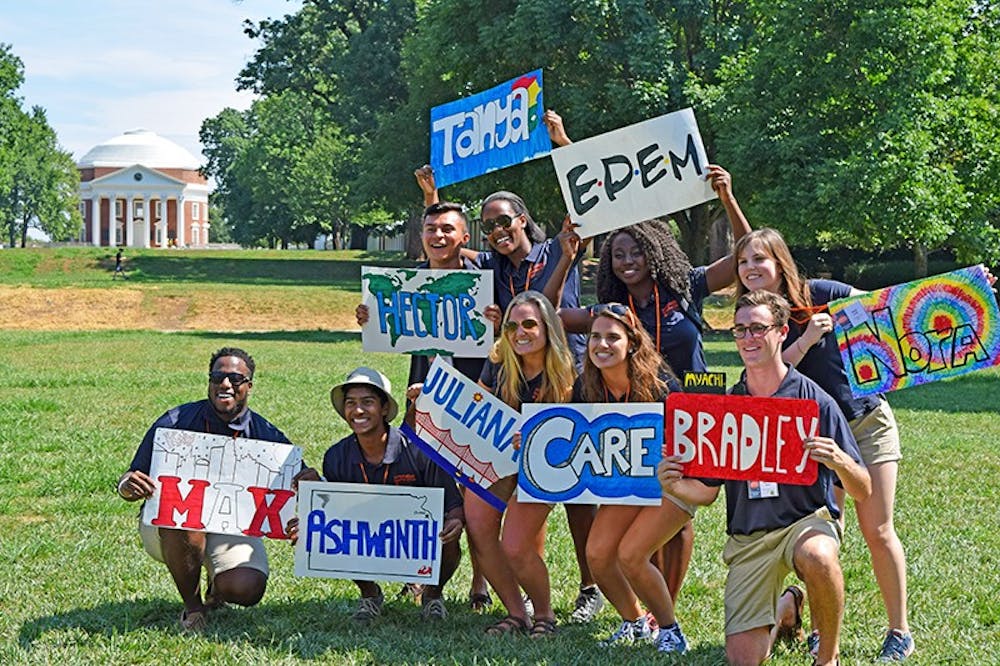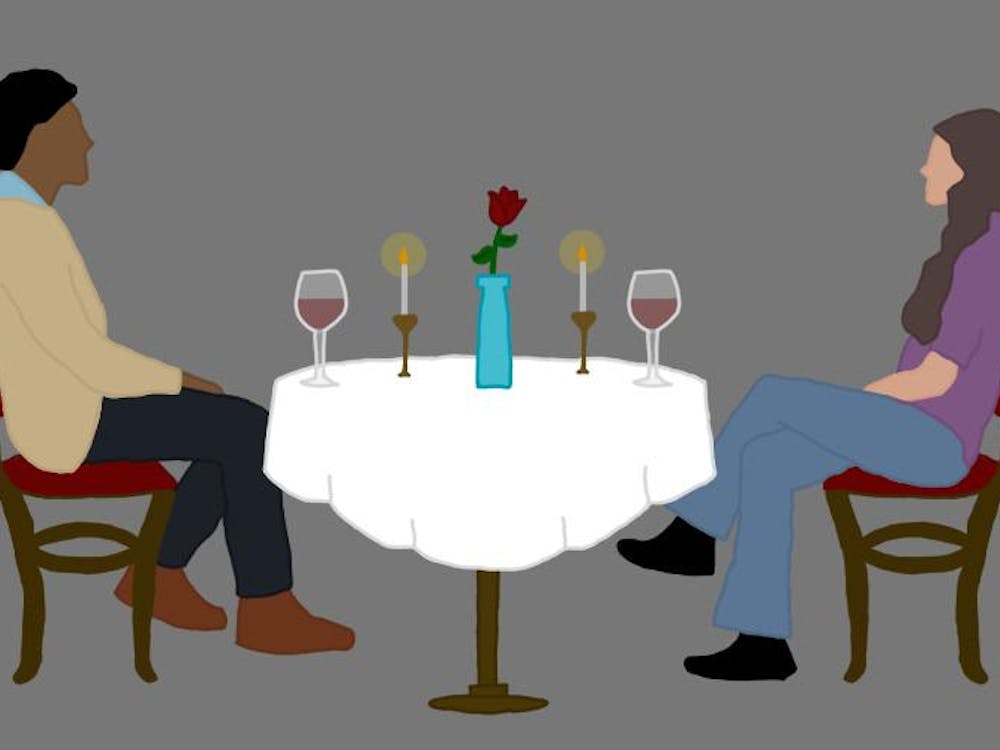Orientation Leaders are often one of the first faces newly admitted students encounter when arriving on Grounds. As an OL, the primary task is to welcome new students, make them feel comfortable at their “new home” and make new students feel like they made the right decision in choosing the University. Orientation sessions give students the opportunity to ask questions, familiarize themselves with Grounds and get to know new people from housing and dining services, as well as academic advisors.
Despite the integral role they play at orientation, there has been a lack of diversity among OLs.
Current diversity statistics published by the University indicate the University is above the national average in the diversity of its student population. More specifically, 59.5 percent of the student body is classified as white, followed by 12.8 percent Asian, 6.5 percent black, 6.3 percent Hispanic/Latino and 14.9 percent either non-resident alien or “other.”
Sarah Dodge, assistant director for orientation and new student programs, gave some insight into the diversity among OLs.
“I always think about the big visual, so in the past we have had 52 leaders on the team,” Dodge said. “We have a good representation of white folks, and then other then that, … minoritized groups on Grounds are not particularly visible,”
Dodge explained that increasing diversity among OLs has been an issue they have noticed and are attempting to resolve by reaching out to different communities that are not fully represented on the team.
On Jan. 16, University students received a Facebook invitation to attend an information session on the OL program that was held at the Multicultural Student Center. An important goal of the session was to address concerns and have an open dialogue on the issue of underrepresentation amongst OLs.
Komi Galli, fourth-year College student and orientation leader, was one of the students who attended the information session.
“As Orientation Leaders and people of color, we really think that our representation on the team has a huge impact for a lot of minority students that are coming because U.Va. is known to be a predominately white school,” Galli said. “We felt it was important to make sure that people who are here now can get an understanding of what it is like to be an Orientation Leader and how to deal with being a minority.”
In addition to information sessions, the Orientation and New Student Programs department is thinking of having students be nominated to apply for the positions.
“If we get that process started of folks nominating their friends who may represent all of these different populations, that encourages that friend to apply,” Dodge said.
This past year, Orientation and New Student Programs made a more conscious effort to look at the demographics of their applicants since last year’s applicant pool was not as diverse as they had hoped. Dodge made the point that representation of different minority groups ebbs and flows over the years due to the cyclical nature of the University.
“This year one of our major pushes was the for the Asian-American and Desi populations,” Dodge said. “But we also know that people that identify as black are underrepresented on the team, people who identify as Latin-American are underrepresented on the team, and so all of those groups in our mind are ones we want to improve.”
Dodge noted that diversity goes beyond race as well.
“We know that people that identify as part of the LGBTQ community are not always a visible identity, but it is something that we can continue to grow on our team,” Dodge said.
Dodge, however, believes that all organizations around Grounds can help students interested in becoming an OL.
“There are different types of questions that different types of people have about being an Orientation Leader, and to that end we need to be mindful and every organization on Grounds needs to be mindful of helping students to get those answers when we need them,” Dodge said.
Orientation and New Student Programs also works with OLs who identify as a minority as intermediaries to connect with a greater range of students.
Meghna Shankar, third-year College student and orientation leader, is a member of the Asian-American Orientation recruitment team.
“The issue is not that minority students aren’t getting the position of OL — it is that we are not able to get them to apply in the first place,” Shankar said. “A big thing from the Asian-recruitment side is [that being an OL is] not considered worthwhile way to spend your summer.”
Shankar also cited efforts to recruit students with diverse personalities.
“With the posters we had all these different phrases like ‘We are Asian-American, we are Orientation Leaders,’ ‘We are introverts, we are Orientation Leaders’,” Shankar said. “There are so many different identities within the team and of course it can still become more and more diverse hopefully… the University is becoming more diverse. We need our team to reflect that.”







